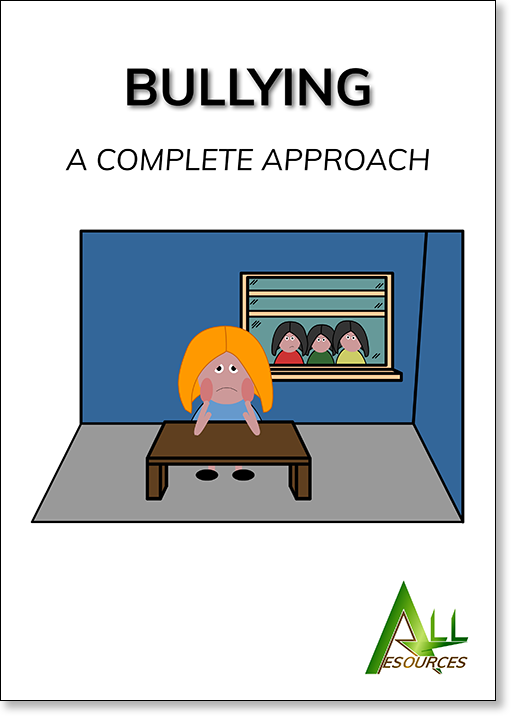
Education is a basic human right. Providing education for children and young people should be at the top of every government’s agenda. Access to quality education provides huge benefits and teaches young people to think for themselves, solve problems, understand the world around them and make informed decisions. Education breaks down barriers to employment and also provides a solid foundation for lifelong learning.
Learning Barriers
For many children, school is their first opportunity to acquire knowledge, develop new skills and learn how to set goals. School also helps young people develop good social skills and often gives them their first chance to communicate with others outside the family circle. However, in recent years there have been many obstacles to overcome in relation to school education including:
- The introduction of lockdowns during COVID-19 leading to hybrid or home learning.
- An increase in challenging behaviour causing a steep rise in permanent school suspensions.
- School closures due to safety concerns over crumbling concrete.
- The threat of interrupted learning due to teachers’ strikes.
School Attendance
According to recent evidence given by Sir Martyn Oliver to the parliamentary education select committee (Sir Martyn Oliver is set to become the next chief inspector of Ofsted), the most pressing issue facing schools at the moment is attendance. When we look at the above issues, this is not surprising. So how can schools encourage absentees back to school? Here are some ideas that may help:
- Communicate effectively — speak to the student. What are their concerns and worries? Why are they so reluctant to go to school? Are they struggling to understand the schoolwork? Are they being bullied? Make sure you reassure the student and help them plan a way to overcome whatever issue they are facing. Until you know what the problem is, you are stuck at first base.
- Create a back to school plan — include the student and their family (if possible) as well as teaching staff in drawing up the plan. It is important not to make little of the student’s concerns. By preparing a shared plan, not only are you proving that you take them seriously, but you are also showing commitment to resolving the issue.
- Is mental health a problem? — it is vital to rule out mental health issues before trying to encourage the young person back to school. The parents can speak to their GP and ask to be put in touch with a mental health professional. They will be able to work with the young person to identify exactly what is at the root of their aversion to school.
- Have a good attendance policy — if the school has an effective attendance policy, it will encourage staff to set out a course of action to tackle absenteeism. Do teachers know how to spot lack of commitment from students? Do they know how to engage students and how to encourage them to view learning as a desirable attainment? What does the school do to promote mental and physical wellbeing in both students and teachers? These matters should form part of the attendance policy.
- Recognition of regular attendance — some schools have an award system which provides some form of recognition for students with exemplary attendance. This need not be anything elaborate — perhaps a system of stars on a chart to recognise those who attend regularly, or a reward for the greatest improvement in school attendance over the term or school year.
- Have a robust anti-bullying policy in place — if bullying is the reason for non-attendance, urgent action is needed. All schools should have an anti-bullying policy which is made available to all. This policy should outline how to tackle bullying including who to report it to, what action is taken and how the bully will ultimately be dealt with.
- Encourage parental involvement with the school — studies have shown that schools which foster strong links with parents have higher levels of academic success. Children fare much better when their parents take a strong interest in their education. Through parent-teacher collaboration, students develop higher levels of self-esteem and motivation. It is therefore important for schools to foster parental engagement, for example:
- Providing opportunities to volunteer, e.g. helping with reading sessions or after school activities.
- Setting up social media accounts to encourage parents to share ideas and tips.
- Organising regular parent-teacher meetings and encouraging parents to join their local PTA (Parent Teacher Association).
- Encouraging parents to help with school events such as concerts, exhibitions, school plays etc.
With a combined effort from teachers and parents, so much can be done to encourage students to attend school. If all schools closely examined their policy on attendance, they can make changes which will achieve the goal of a solid education for all young people.
Back to School Resources

Bullying — A Complete Approach
Contains hints and tips for teachers, parents and young people to enable them to identify and tackle bullying.
- Age range: 12 years and upwards
- Category: Schools
- Last revised: 2022
- Pages: 94
- Illustrated throughout
Hard copy: £35.99 add to basket

After COVID-19 — Returning to Education after the Coronavirus
This resource pack examines the COVID-19 virus through a number of unrelated subjects.
- Age range: 12 years and upwards
- Category: Schools
- Last revised: 2022
- Pages: 69
- Illustrated throughout
Hard copy: £25.99 add to basket


